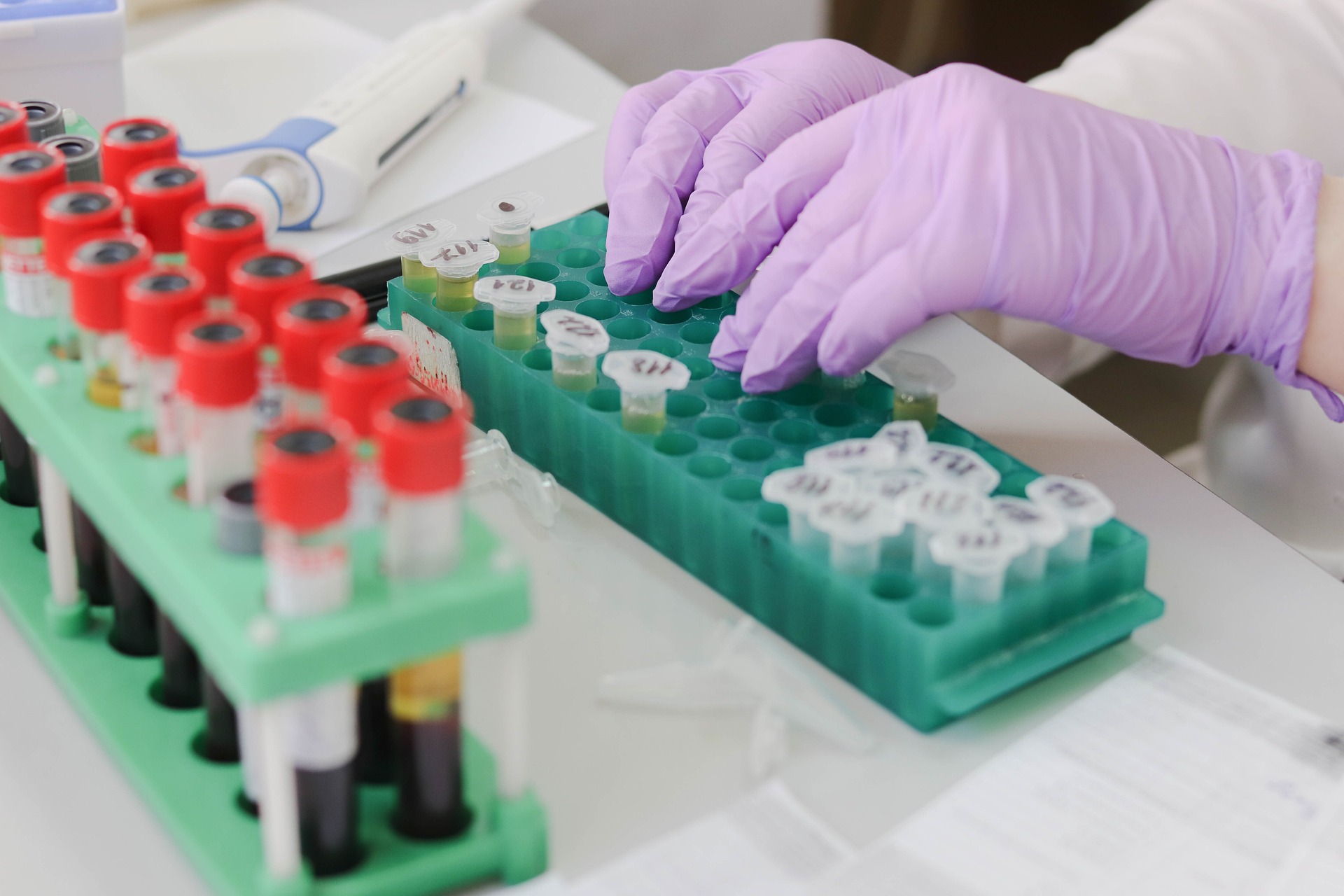T cell development aims to generate lymphocytes expressing functional T cell antigen receptors (TCR) which recognize non-self structures but tolerate self ones. Two types of T cells are conserved throughout evolution and across species: αβ and γδ T cells. In both cells, the ligand binding clonotypic TCR heterodimer is non-covalently associated with the invariant signaling transducing subunits. These are CD3εγ, CD3εδ and ζζ dimers. Each CD3 subunit has one cytoplasmic immunoreceptor tyrosine-based activation motif (ITAM), while ζ has three ITAMs. The accessibility of the ITAMs to the kinase Lck is regulated by conformational changes within the αβTCR, which in turn controls CD3 and ζ phosphorylation (Minguet et al., 2007; Swamy et al., 2016). We have shown that pMHC binding stabilizes the αβTCR in the active conformation, which in turn recruits Lck by direct binding of its SH3 domain to the CD3ε cytoplasmic tail prior to any receptor phosphorylation (Hartl et al., 2020). We discovered a novel motif (RK motif, RKxQRxxY) within the CD3ε cytoplasmic tail that mediates a non-canonical binding to the SH3 domain of Lck.
Our understanding of the mechanisms leading to the activation of the γδTCR is very limited. γδTCR recognition of ligands and the subsequent activation of the receptor seem to be fundamentally different from αβTCR recognition and activation, since the γδTCR is MHC unrestricted and does not require the co-receptors CD4 or CD8. Indeed, the identification of γδTCR ligands has proven to be extremely challenging and underpins the importance of a solid understanding of γδTCR functioning. Evidences supporting the γδTCR to also switch to the active TCR conformation are manifold: Preventing γδTCRs to switch to the active TCR conformation in mice bearing mutations in the stalk region of CD3ε impacted some γδ T cell subset development (Blanco et al., 2014). Some anti-CD3 antibodies are able to stabilize the active TCR conformation in mouse and human γδ T cells (Dopfer et al., 2014) enhancing tumor killing (Dopfer et al., 2014; Juraske et al., 2018). In light of our most recent discoveries (Hartl et al., 2020), we hypothesize that the active γδTCR conformation recruits Lck to the exposed RK motif similar to the αβTCR and, thereby, enhances γδTCR signal transduction. We will test this hypothesis here using a multidisciplinary course of action combining synthetic approaches, cell lines and mouse models.
Further, we will translate our discoveries on RK motif-based LCK recruitment to enhance the anti-tumor activity of γδ T cells similar to our already successfully applied strategy in clinical approved chimeric antigen receptors (CARs) and TCR Fusion Construct αβT cells (TRuC-αβT cells).

